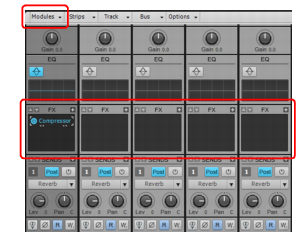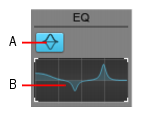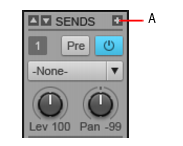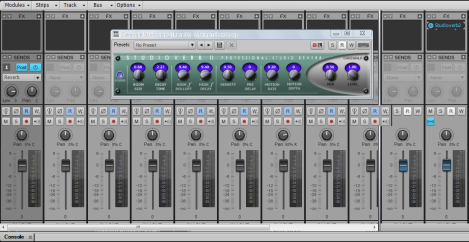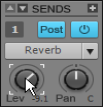Select Mix Song from the Screensets list in the Control Bar. The Console view is now displayed below the Track view. For this part of the tutorial, we want to see more of the Console view than what is currently displayed. Depending on the resolution of your screen, you may need to adjust the height of the Console view by dragging the splitter bar up and down, or you can press SHIFT+D to maximize the Console view.The selected effect is inserted into the track’s effects bin. The plug-in controls are also shown. Experiment with the controls on the plug-in while the music is playing back. You will hear noticeable changes to the sound.
button. Double-click on the plot to show the EQ controls.





Tip - Searching Documentation
Tip: To search for a specific topic, type your search query in the Search Cakewalk.com field at the top right of this page.
When the search results appear, click which product's documentation you would like to search to filter the search results further.
Note - Using Offline Help
Note: If you prefer to always use offline Help, go to Edit > Preferences > File > Advanced in your Cakewalk software and select Always Use Offline Help.
If you are not connected to the internet, your Cakewalk software will default to showing offline help until an internet connection becomes available.




